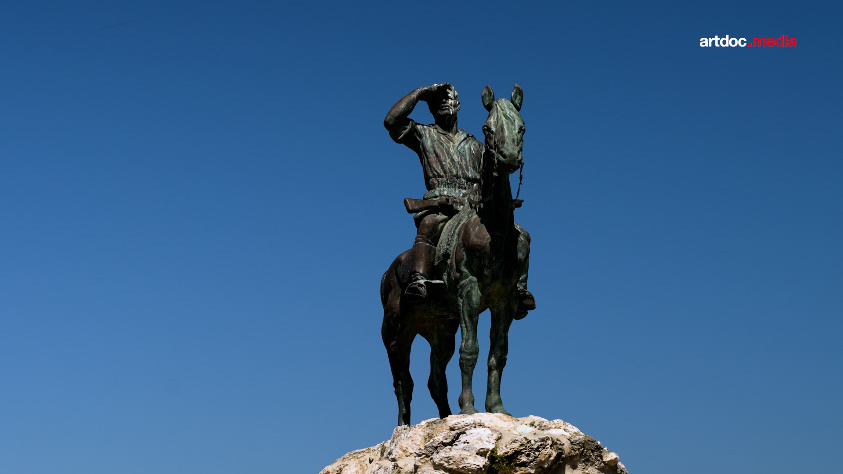Subbotniks are a Jewish religious movement that originated in the Russian Empire in the 18th century. Their followers observed the Sabbath, performed circumcision, and followed other precepts of Judaism. One theory suggests that these were Russian peasants disillusioned with Christianity who converted to Judaism. Another theory posits that Subbotniks were descendants of Jews forcibly baptized during Russia’s seizure of Polish territories in the 17th century. After refusing to return to Orthodoxy, the Subbotniks faced repression. Their children were taken away, adults were forced into military service or exiled to the Caucasus and Siberia. Despite these hardships, they survived and retained their identity, albeit with a Russian accent. For example, they still call the Jewish holiday Purim "Maslenitsa."
At the end of the 19th and the first half of the 20th centuries, Subbotniks began migrating to Palestine, where they played an important role in the formation of the Jewish state. Unlike most Jewish colonists who came from cities, Subbotniks were adept at farming in harsh conditions. In the 20th century USSR, Subbotniks observed religious traditions more diligently than most Soviet Jews, and they placed tombstones with the Star of David for deceased relatives.
In 2004, the chief rabbi of Israel revoked the right to repatriation for residents of one of the main centers of "Russian Judaism," the village of Vysoky in the Voronezh region. This decision separated many families, with some having already moved to Israel while others remained in Russia. However, this decision was revised after lengthy legal proceedings in 2022, and now most of the religious leaders have emigrated to Israel. Other Russian Subbotnik communities are gradually losing their traditions. In the village of Zim, for instance, only one person remains who regularly performs the rituals. He nostalgically recalls the old days when his parents cooked matzo for Passover in a Russian oven and tries to pass on the tradition to his son.
Authors
Film crew
- Director
- Shlomo Glickman
MOVIE ABOUT
- Theme
- History, Religion
- Country
- Israel, Russia
- Financing
- Independent
- Languages
- Russian

